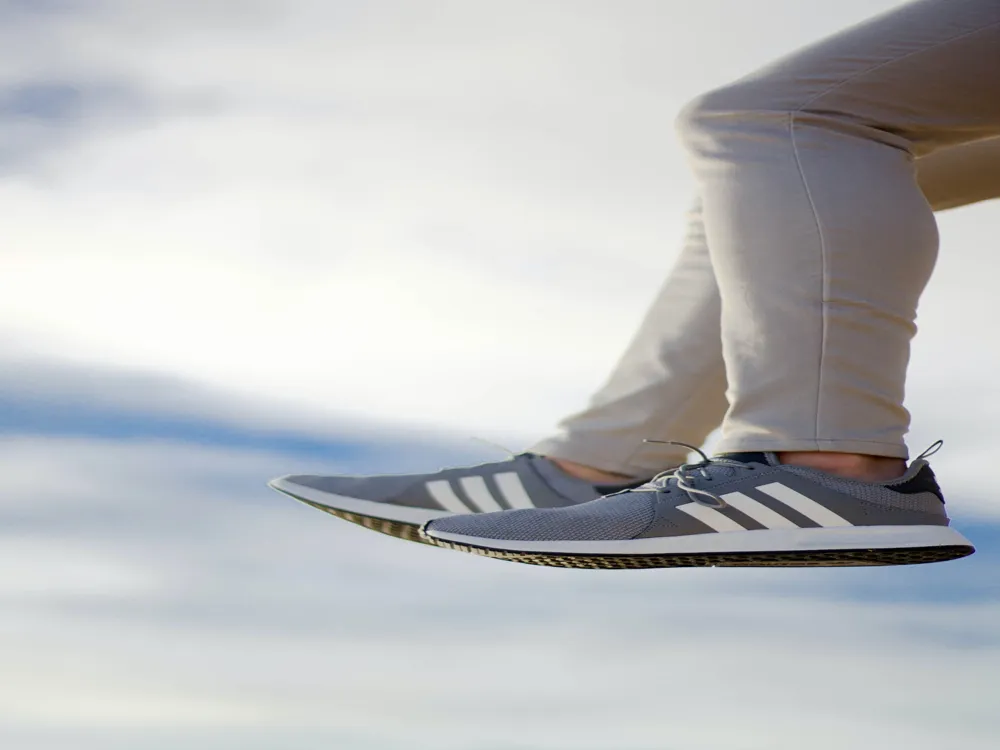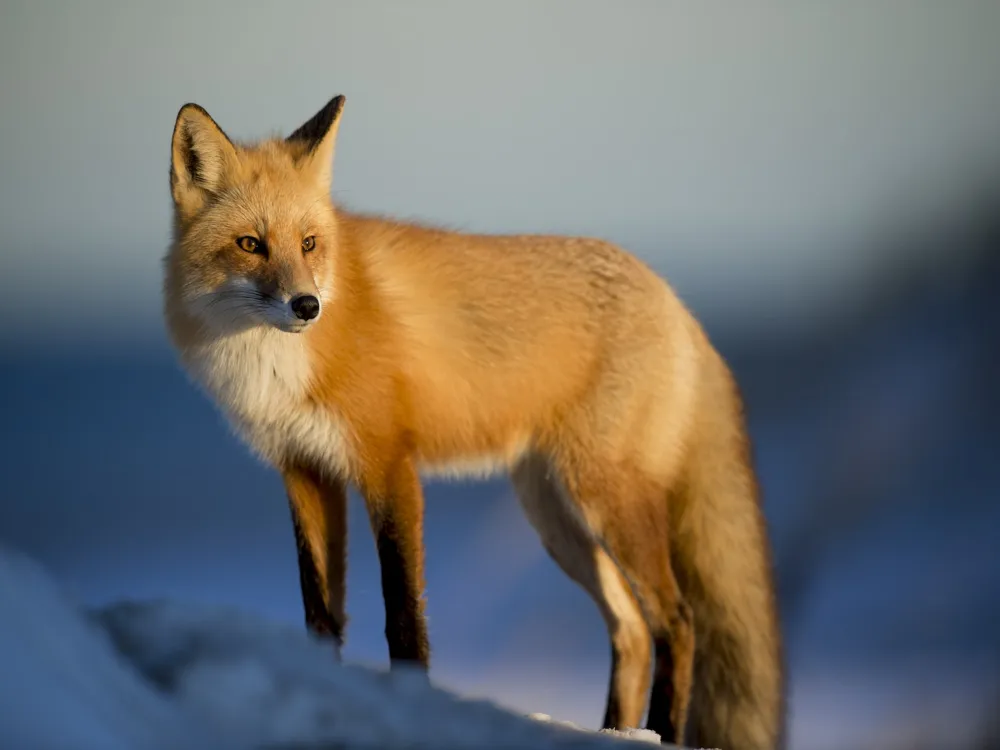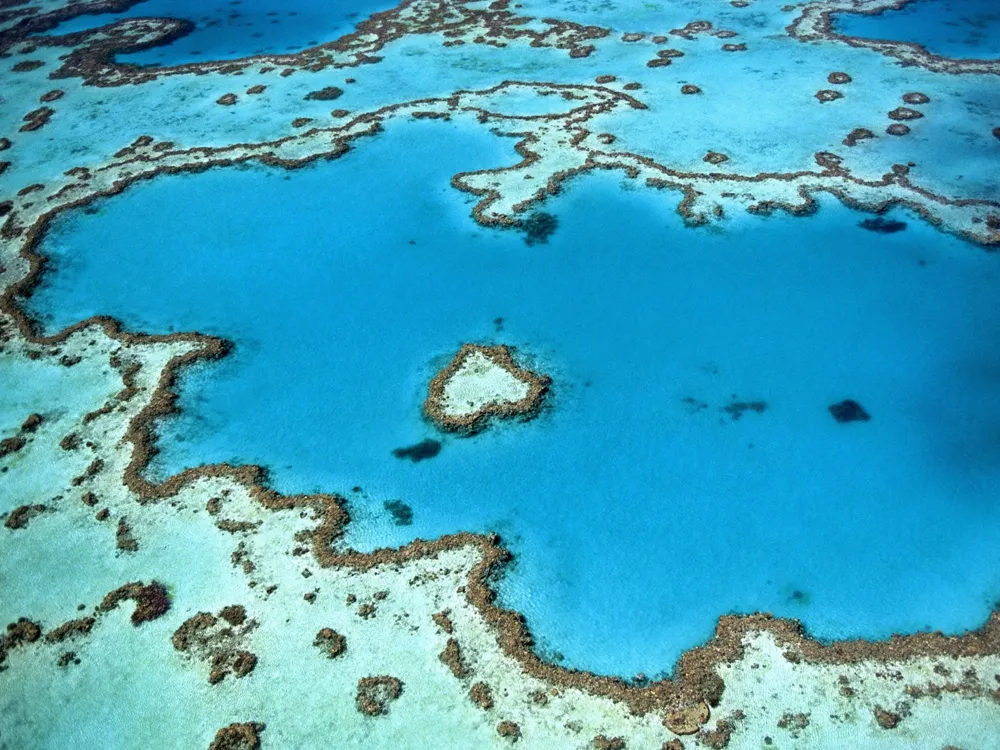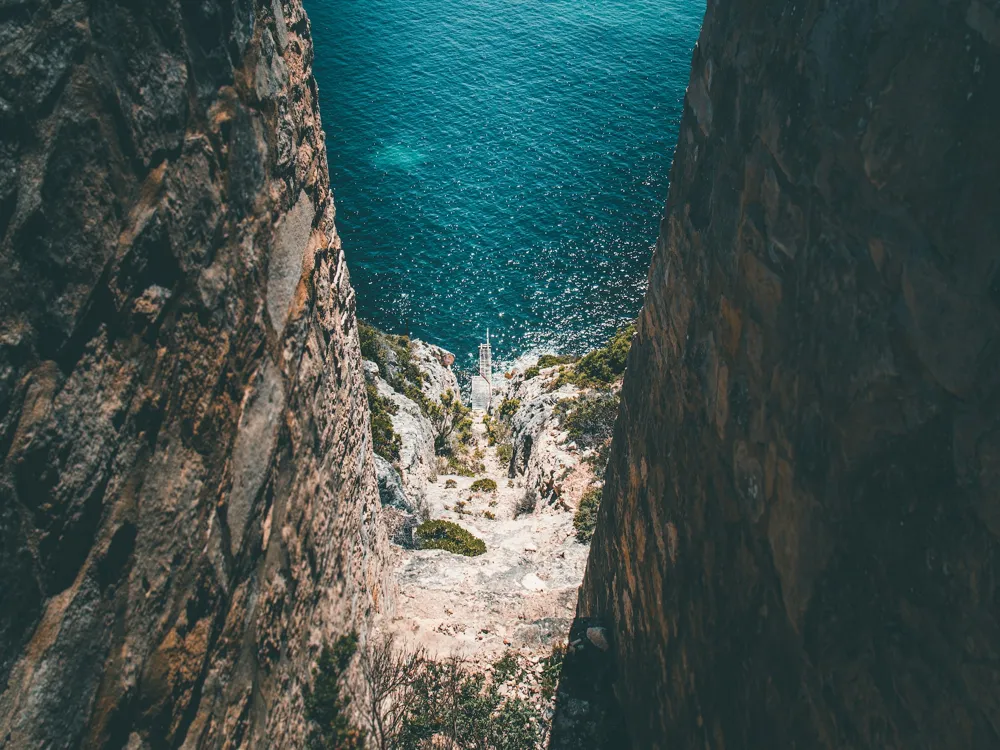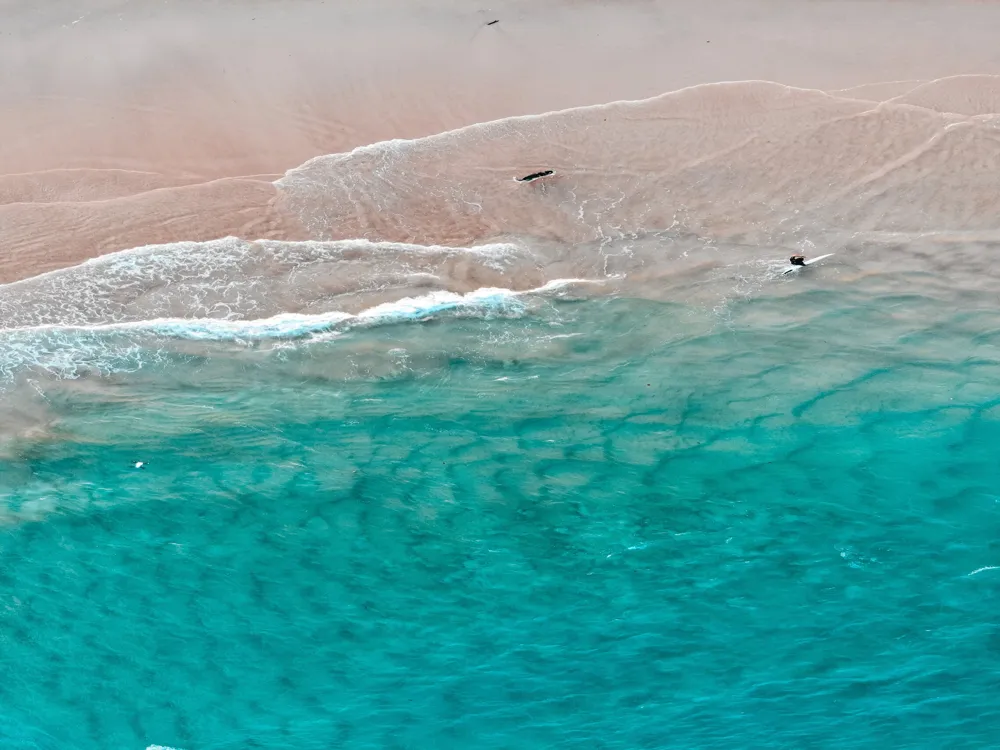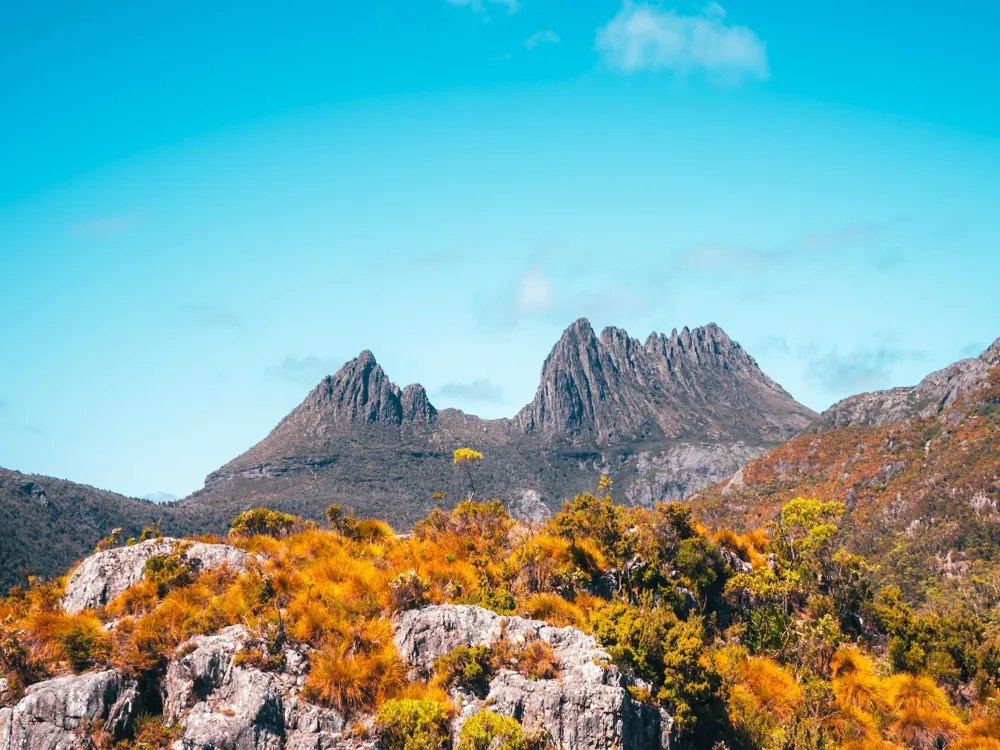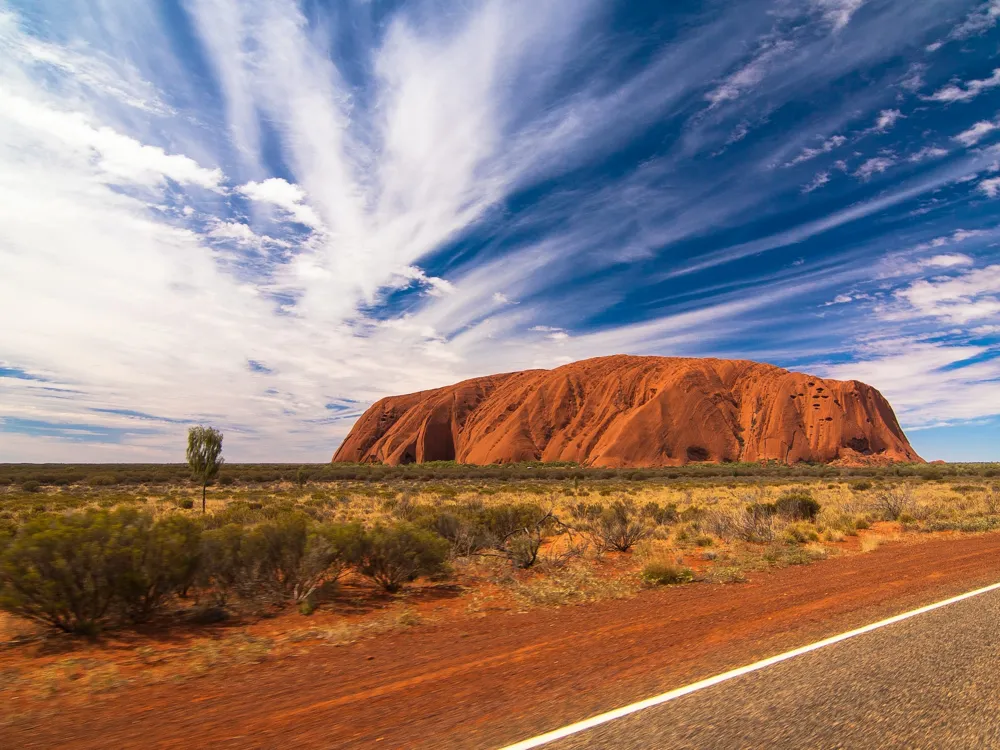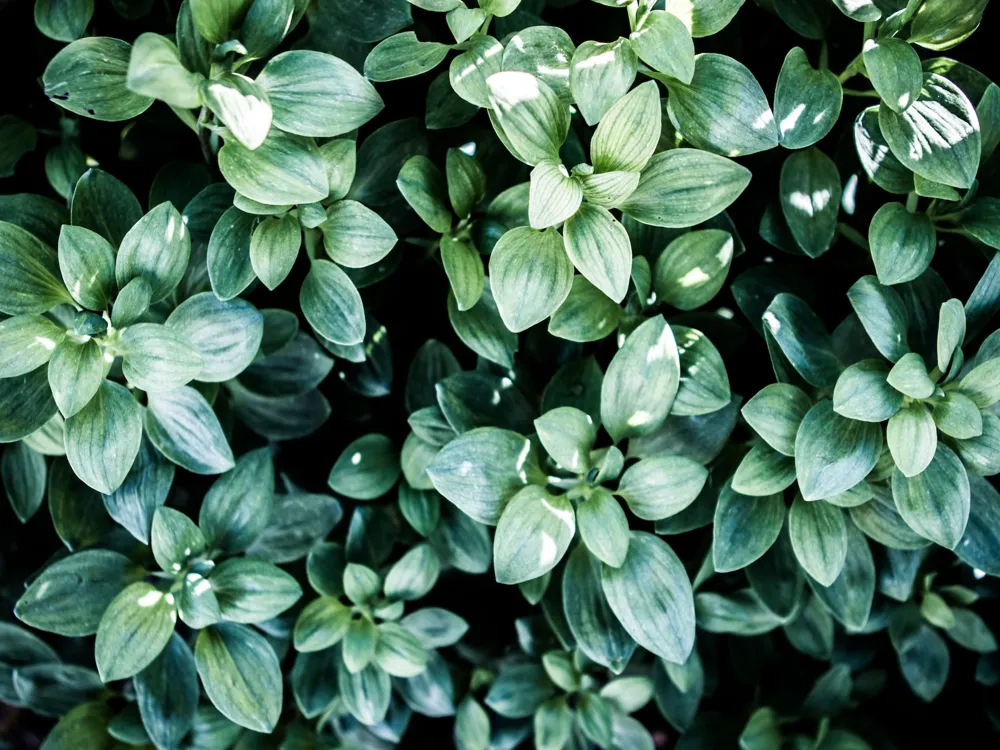Prior to visiting Cleland Wildlife Park, make travel plans. Since the park is an outdoor venue and the weather can have a big impact on the experience, check the weather forecast. Especially in the warmer months, it's a good idea to pack water, sunscreen, a hat, and comfortable walking shoes. Respecting the park's rules is essential while engaging with the animals. Avoid feeding animals unless it's a part of an activity that is being watched over, and always approach them quietly and politely. Recall that we are guests here, and this is their house. Take advantage of the educational talks and feeding sessions. These are great opportunities to learn about Australian wildlife and the park's conservation efforts. The knowledgeable staff provides valuable insights into the lives of the animals and their habitats. Read More:Overview of Cleland Wildlife Park
The stop was established in 1967 with the deliberate goal of creating a characteristic living space for plants and creatures. Cleland Natural Life Stop has become a well-known ecotourism goal over time, drawing sightseers from all over the world. It has set the standard for natural life parks all over the globe with its commitment to natural supportability and instruction. Cleland Natural Life Stop gives a lock-in and unforgettably vital encounter, notwithstanding whether you're here for an instructive visit or a casual walk among canines.Architecture of Cleland Wildlife Park
The Koala Near, a range made fair for koalas, is one of the most engineering highlights. It has eucalyptus trees and a reasonable environment that make these charming creatures cheerful. Another engineering ponder are the fowl aviaries, which provide an expansive, secure living space for an assortment of feathered creature species to flourish in. Straightforwardness and openness are prioritized within the development of the walled-in areas, giving visitors an unhindered view while keeping a secure distance from the species.Tips for Visiting Cleland Wildlife Park
Planning Your Visit
Interacting with Wildlife
Conservation and Education
How To Reach Cleland Wildlife Park
Cleland Wildlife Park
Adelaide
₹ 48,500 onwards
View adelaide Packages
Adelaide Travel Packages
View All Packages For Adelaide
Top Hotel Collections for Adelaide

Private Pool

Luxury Hotels

5-Star Hotels

Pet Friendly
Top Hotels Near Adelaide
Other Top Ranking Places In Adelaide
View All Places To Visit In adelaide
Faq on Adelaide
What are the opening hours of Cleland Wildlife Park?
Cleland Wildlife Park is open every day of the year except for Christmas Day (December 25). The park's standard operating hours are from 9:30 AM to 5:00 PM.
How much does it cost to visit Cleland Wildlife Park?
Admission prices vary depending on age and concession status. As of [current year], adult tickets are priced at $25, children (aged 4-15) at $12.50, and concessions at $18.50. Family passes are also available for $60.
What animals can I see at Cleland Wildlife Park?
Cleland Wildlife Park is home to a diverse range of Australian wildlife, including kangaroos, koalas, emus, wombats, echidnas, and a variety of bird species. Visitors can get up close and personal with these animals in their natural habitats.
Can I feed the animals at Cleland Wildlife Park?
Yes, visitors have the opportunity to hand-feed kangaroos and wallabies at designated feeding areas within the park. Food for the animals can be purchased onsite.
Are there any guided tours available at Cleland Wildlife Park?
Yes, Cleland Wildlife Park offers guided tours led by experienced and knowledgeable staff members. These tours provide valuable insights into the park's wildlife and conservation efforts.
View adelaide Packages
Adelaide Travel Packages
View All Packages For Adelaide
Top Hotel Collections for Adelaide

Private Pool

Luxury Hotels

5-Star Hotels

Pet Friendly
Top Hotels Near Adelaide
Other Top Ranking Places In Adelaide
Faq on Adelaide
What are the opening hours of Cleland Wildlife Park?
Cleland Wildlife Park is open every day of the year except for Christmas Day (December 25). The park's standard operating hours are from 9:30 AM to 5:00 PM.
How much does it cost to visit Cleland Wildlife Park?
Admission prices vary depending on age and concession status. As of [current year], adult tickets are priced at $25, children (aged 4-15) at $12.50, and concessions at $18.50. Family passes are also available for $60.
What animals can I see at Cleland Wildlife Park?
Cleland Wildlife Park is home to a diverse range of Australian wildlife, including kangaroos, koalas, emus, wombats, echidnas, and a variety of bird species. Visitors can get up close and personal with these animals in their natural habitats.
Can I feed the animals at Cleland Wildlife Park?
Yes, visitors have the opportunity to hand-feed kangaroos and wallabies at designated feeding areas within the park. Food for the animals can be purchased onsite.
Are there any guided tours available at Cleland Wildlife Park?
Yes, Cleland Wildlife Park offers guided tours led by experienced and knowledgeable staff members. These tours provide valuable insights into the park's wildlife and conservation efforts.







